Introduction
Water chestnuts, scientifically known as Eleocharis dulcis, are a delightful and nutritious aquatic vegetable enjoyed worldwide for their crisp texture and subtle sweetness. Often used in salads, stir-fries, and desserts, these unique tubers add a refreshing touch to various culinary creations. However, maintaining their freshness can be challenging due to their perishable nature. Improper storage can lead to spoilage, characterized by softening, discoloration, and the development of off flavors. This article delves into the effective methods for preserving fresh water chestnuts, ensuring they retain their quality and flavor for as long as possible.
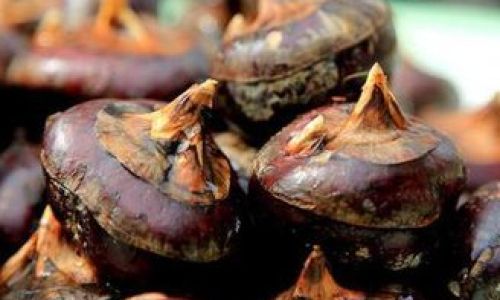
Understanding Water Chestnut Freshness
Before diving into preservation techniques, it’s crucial to understand what constitutes fresh water chestnuts. Freshly harvested water chestnuts should have a firm, crisp texture and a light brown to pale yellow hue. Their skin should be smooth and free from cracks or soft spots. The flesh inside should be white or slightly tinged with yellow and should snap cleanly when broken.
Immediate Post-Harvest Handling
The first step in preserving freshness begins with proper handling immediately after harvest. Water chestnuts should be carefully washed to remove any dirt or debris adhering to their surfaces. This can be done using cool, running water. Avoid soaking them in water for extended periods as this can promote the growth of bacteria and lead to premature spoilage.
Once cleaned, water chestnuts should be dried thoroughly using a clean cloth or paper towels. Excess moisture can facilitate mold growth and reduce shelf life. It’s essential to handle them gently to prevent bruising, which can also lead to quicker spoilage.
Refrigeration
For short-term storage, refrigeration is the most straightforward and effective method. Place the dried water chestnuts in an airtight container or a plastic bag with the excess air removed. This helps to minimize exposure to oxygen, which can accelerate spoilage.
In the refrigerator, water chestnuts should be kept in the crisper drawer, where humidity is higher and temperature fluctuations are minimal. The ideal storage temperature is between 32°F to 40°F (0°C to 4.4°C). Properly stored, water chestnuts can maintain their freshness for up to two weeks.
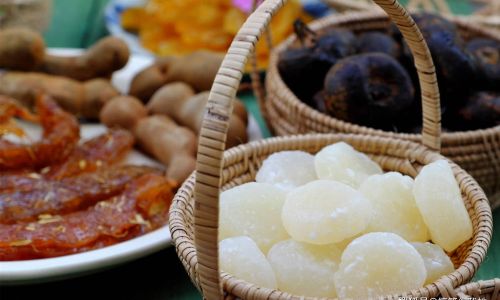
Freezing for Long-Term Preservation
For those looking to extend the shelf life of water chestnuts beyond the two-week mark, freezing is a viable option. Freezing preserves the texture and flavor relatively well, although there may be a slight change in texture upon thawing, with the flesh becoming slightly softer.
Preparation for Freezing:
-
Peeling and Slicing: Begin by peeling the water chestnuts. This can be done using a vegetable peeler or a sharp knife. Once peeled, slice them into uniform pieces or leave them whole, depending on your preference and intended use.
-
Blanching: Blanching is a crucial step in freezing water chestnuts as it inactivates enzymes that can cause texture changes and flavor loss during storage. Submerge the prepared water chestnuts in boiling water for about 2-3 minutes. After blanching, immediately plunge them into ice water to stop the cooking process. This helps to retain their bright color and crisp texture.
-
Drying: Pat the blanched water chestnuts dry using paper towels to remove any excess water. Moisture can cause ice crystals to form during freezing, which can damage the cells and lead to a mushy texture upon thawing.
-
Freezing: Arrange the dried water chestnuts in a single layer on a baking sheet lined with parchment paper and place it in the freezer until the pieces are frozen solid. This prevents them from sticking together. Once frozen, transfer them to an airtight freezer bag or container, label with the date, and return to the freezer.
Properly frozen, water chestnuts can retain their quality for up to a year. When ready to use, thaw them overnight in the refrigerator or under cold running water. Avoid thawing at room temperature as this can promote bacterial growth.
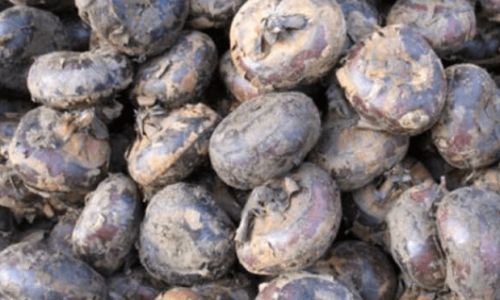
Canning and Pickling
While less common, canning and pickling are alternative preservation methods that can extend the shelf life of water chestnuts while adding a unique flavor profile. These methods involve processing the water chestnuts in a hot water bath or vinegar solution to create an environment hostile to microorganisms.
Canning:
- Peel and slice the water chestnuts as desired.
- Pack them into clean, hot jars, leaving headspace as specified in canning guides.
- Cover with boiling water or a light syrup, ensuring there are no air bubbles.
- Process in a boiling water bath canner for the appropriate time based on jar size and altitude.
Pickling:
- Prepare the water chestnuts as for canning.
- Prepare a pickling brine, typically vinegar, water, sugar, and spices.
- Pack the water chestnuts into jars and pour the hot brine over them.
- Process in a boiling water bath canner as per standard pickling procedures.
Both canned and pickled water chestnuts can be stored in a cool, dark place for up to a year.
Conclusion
Preserving the freshness of water chestnuts requires careful handling, prompt refrigeration, and thoughtful consideration of long-term storage options like freezing, canning, or pickling. By following these guidelines, you can enjoy the crisp, sweet taste of water chestnuts throughout the year, transforming them into a versatile ingredient in your culinary repertoire. Whether you opt for short-term refrigeration or long-term freezing, the key to success lies in meticulous preparation and attention to detail. Happy preserving!
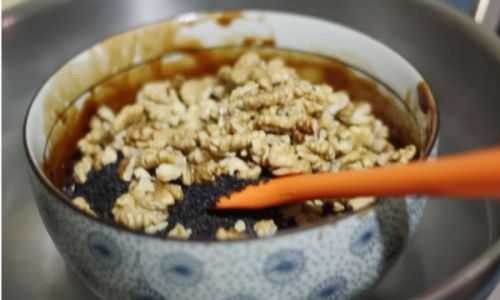
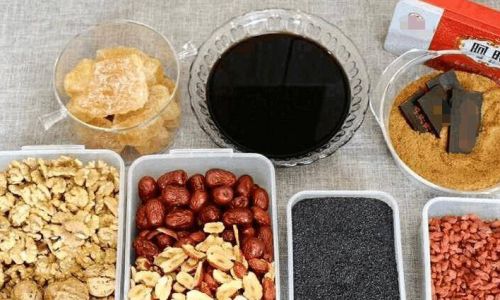
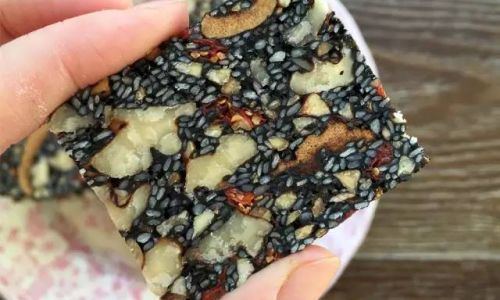

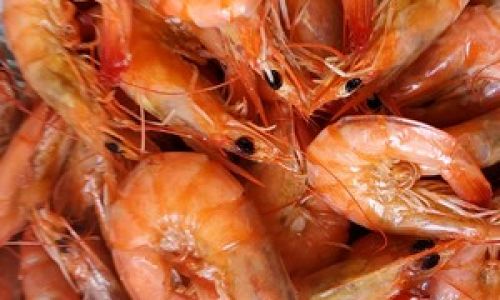
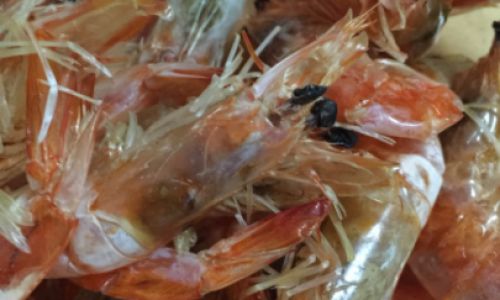
0 comments